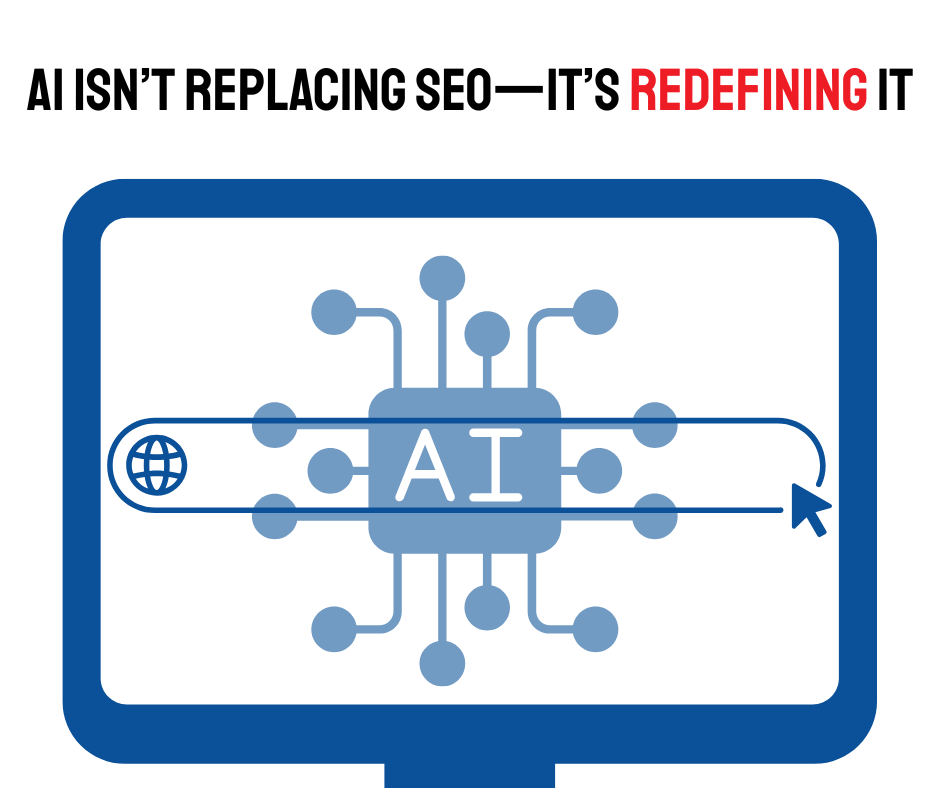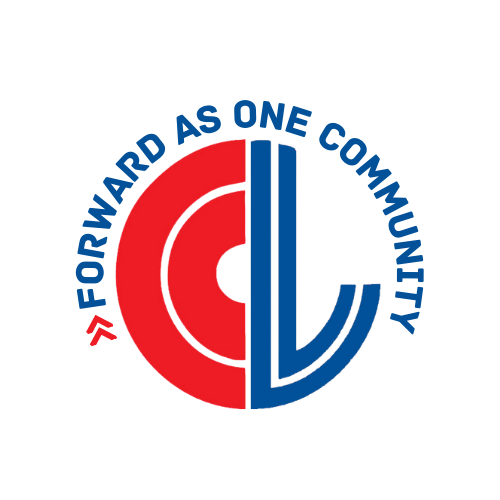How to Get More Love for Your Business on Social Media
Social media is becoming more and more frustrating, right? If you have used it to connect with your audience for ten years or so, you undoubtedly have seen crazy changes in your reach. If you’re new to the social media for business scene, reaching 2% of your audience probably feels pretty normal.
But if you’re not reaching your audience, how are they going to know who you are and all the wonderful things your business can bring them?
When it comes to building a loyal following, there are several things you can do. Ultimately, reach is still dependent on the platform’s algorithm, but every social media channel claims to respond to value. To reach more people, you need them to see you as providing valuable content they want to interact with. Here’s how you can start doing that.
Get Your Business in Good Social Media Shape
Before we get into strategy and posting ideas, it’s important to get your social media accounts in good shape. Make sure your profile is complete, up to date, and visually appealing. Use a high-quality profile picture and cover image. If you have a profile you are no longer using, don’t just leave it languishing. Add a few posts to it about where you are posting now. An image post or funny video can help people who find you on one platform, locate you on another.
Use analytics tools to understand where you are now. Identify what types of content resonate most with your audience. Check when they are most active. Use that to influence your posting content and scheduling. As you change your posting, track your progress to see what’s working.
Finally, keep up with the latest social media best practices and algorithm changes. They are always evolving changing.
Now, let’s talk about content.
Start with a Strong Content Strategy
We all know stories about how a video went viral, but for business you need to develop a strong and consistent strategy that revolves around dependable and valuable content. If something goes viral, awesome. But don’t count on it as part of your content strategy any more than you would see buying a lottery ticket every week as a way to fund retirement.
When creating a social media content strategy for business, you want:
- High-Quality Content. The foundation of your social media presence is compelling and valuable content. Post images, videos (this is a must), and text that resonate with your target audience.
- Consistency: Develop a content calendar to help plan and schedule your posts. Post regularly to stay top-of-mind with your audience. Consistency is key to becoming top of mind. Sometimes consistency can even trump value in the short term. For instance, there was an author on TikTok who created some of the most boring videos I have ever seen—speaking in a monotone about the details of everything she did every morning. She posted with the regularity that some people reach for their morning coffee. Darn if she didn’t grow a massive following on consistency alone. Every morning, there she was. And in the same way you might find yourself staring out the window in a daze while you make coffee, I watched her videos.
- Variety: Mix up your content formats to keep things interesting. Try using images, videos, carousels, live streams, stories, and polls. But…keep to your branding so that people will know it’s you immediately.
- Value: Offer educational, entertaining, or inspirational content that provides value to your followers.
Engage
The algorithms base their determination of valuable content on what people are interacting with. That means you must motivate them to go from a passive state of watching (or reading) to an active pursuit of commenting. That’s not always easy, but here are some best practices you can implement:
- Respond to Comments and Messages as soon as possible. Show you value your commenter’s interaction. When appropriate, ask them questions in the comments. This will help continue the conversation. Speaking of…
- Ask Questions and Run Polls: Encourage conversations and participation by asking questions and conducting polls. Stickers are an engaging way to do this on Stories.
- Use Interactive Features: Utilize features like live streams, Stories, and Q&As to connect with your followers in real-time. Facebook, for one, notifies your followers when you go live.
- Community Building: Foster a sense of community by sharing user-generated content. If someone posts a picture of your products or a review, share it and thank them.
Get More Views
Again, the algorithm has a lot to do with how many people see your content. Just because you post does not mean it will be seen. Recently, Instagram seems to be showing more content to non-followers than followers. Here are ways you can build on that:
- Cross-Promotion. Promote your social media accounts on your website, email signature, newsletter, and other marketing materials. Make sure everyone who does business with you (or is researching your business) knows where to find you on social media.
- Hashtags. Use relevant hashtags to help people discover your content. Research popular and trending hashtags in your industry and community. Speaking of trending, it’s okay to try a little…
- Bandwagoning. Jumping on the bandwagon (or posting about something that’s trending or using trending music) is a good way to get new eyes on your content. It may feel a little insincere at first and out of line with your business, but if you do it in a fun way, it can show a lighter side of your personality and help people feel more connected to you.
- Collaborations. Partner with influencers or other businesses in your niche or town to reach a wider audience. Do interviews, videos, social media posting battles, and other collaborations to get attention. Talk to your chamber. They may be able to help introduce you to the perfect business partner. Check out this “sign war,” which made it out of the social media trenches and onto a local TV station.
Building a loyal following takes time and effort. Be patient, consistent, and focused on providing value to your audience, and you'll see your interactions grow over time.
-------------
Christina Metcalf is a writer/ghostwriter who believes in the power of story. She works with small businesses, chambers of commerce, and business professionals who want to make an impression and grow a loyal customer/member base. She loves road trips, hates exclamation points, and is largely disappointed in the ongoing changes to algorithms.
_______________________________________
Medium: @christinametcalf




